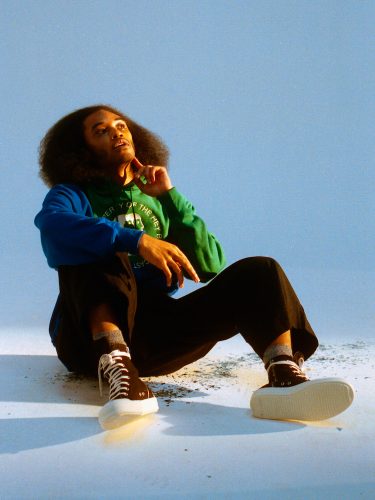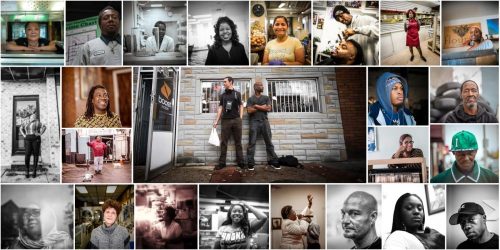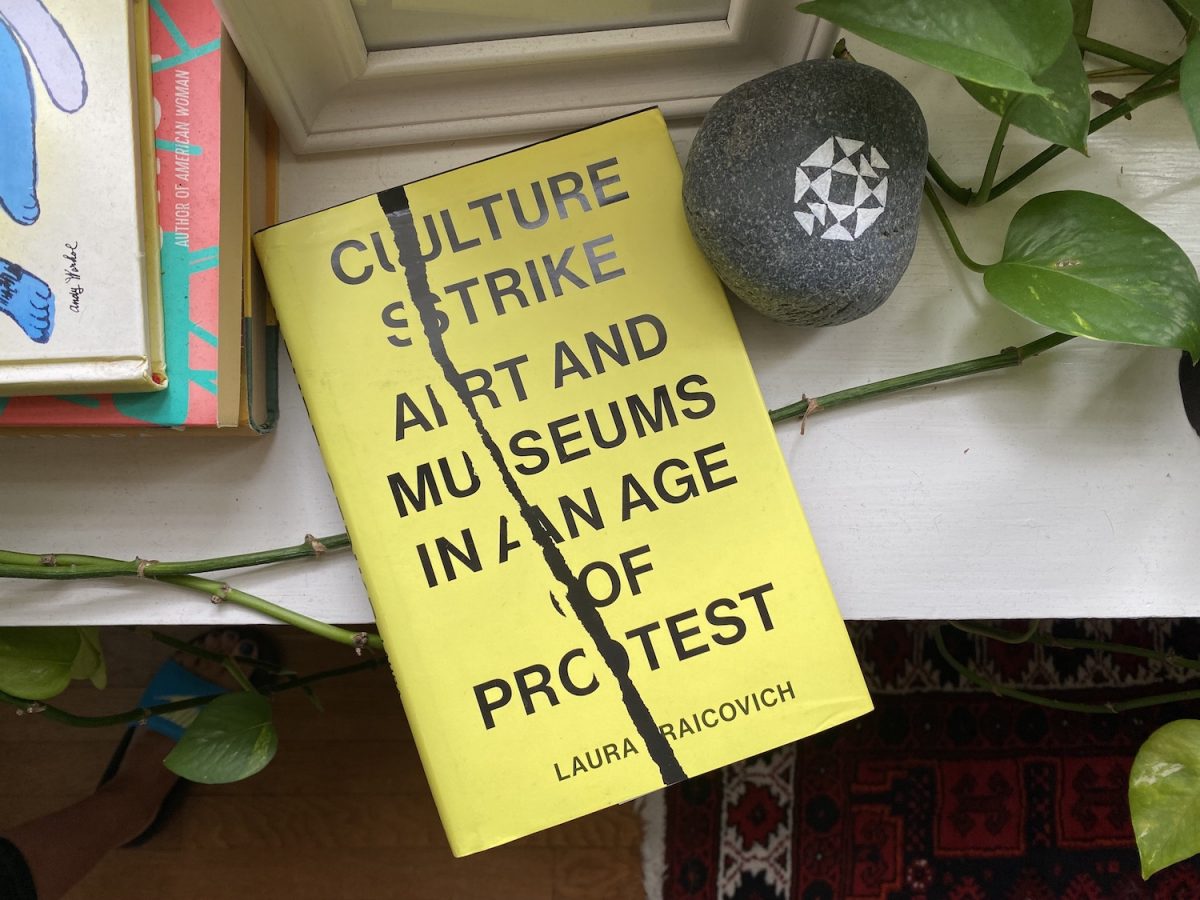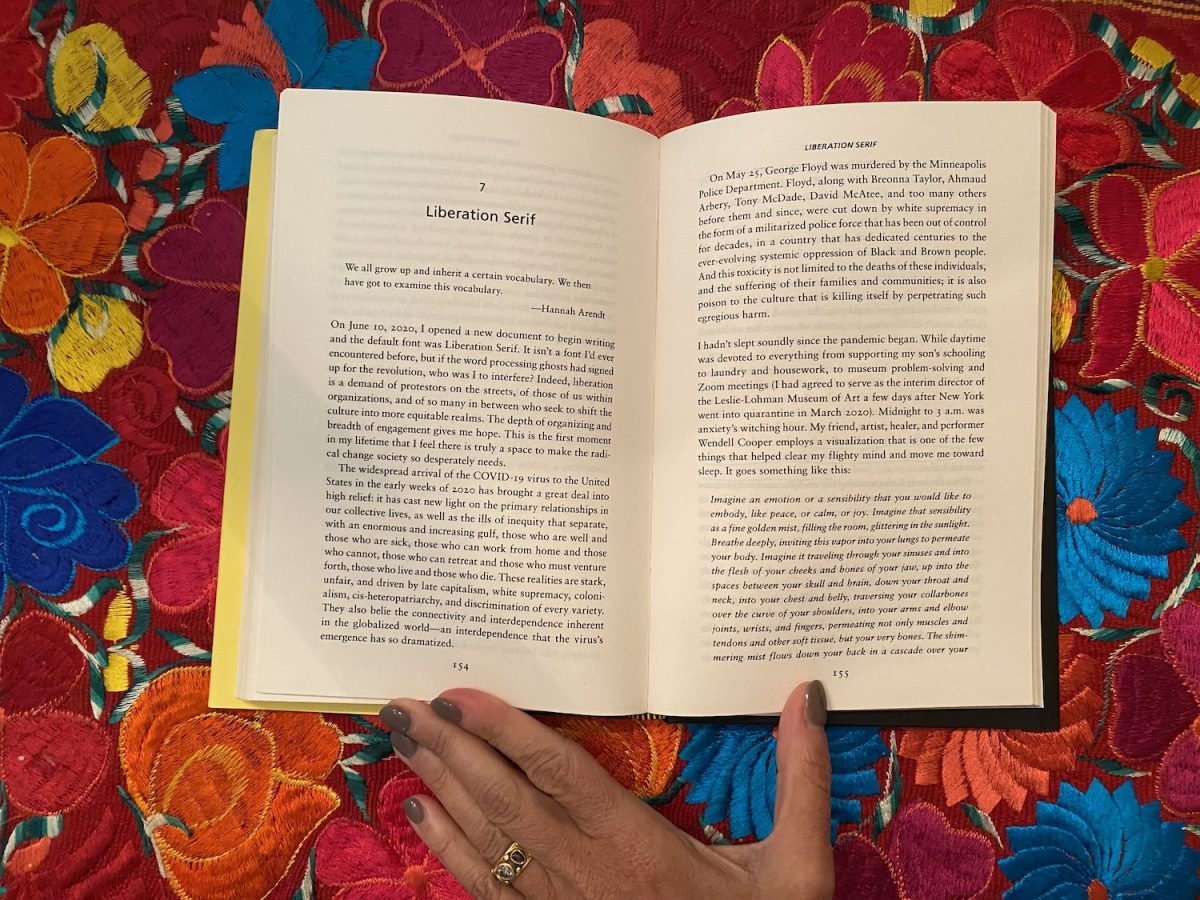Momentum was coming from all directions.
I think that, in a similar way, the so-called solutions or the experiments that we need to undertake are going to come from all different angles and be made manifest in highly diverse ways. That is the best way for it to happen because there aren’t specific things that the Met should be doing that are going to be exactly the same at a small cultural community organization that has one tiny half of a percent of the budget.
However, it is about the way that these organizations interact with those who they see as their audiences. How they define those is different, and I’m not interested in flattening the diversity of different cultural spaces. However, it is about how we develop the principles through which equity provides counter-narratives to the dominant one(s). How do we actually enact this? Some of the bias is embedded in our storytelling, not only in the museum, so it has to be a simultaneous structural change across culture.
In Baltimore, we have a number of museums and cultural institutions of varying scale and they all say they want to enact a progressive mission, but how do you do this? They all still employ an embedded top-down approach and are in competition with each other for funds, so it’s challenging.
I am not sure, but the whiteness of museum spaces is overwhelming. And that has to shift, and how quickly or how radically depends on how the institution functions. There’s a lot of kneejerk tokenism that’s happening and it’s problematic.
It’s insulting to everybody because it’s so obvious.
From a hiring perspective, there are folks who get hired but aren’t provided with the support systems needed to make it work, because the change hasn’t actually happened internally. The systems of power are still white. How do you fix that? This is where one of the biggest recommendations of my book comes in and that is to radically slow down. We’re producing too much programming. It’s just too much. There’s never any time. It’s not like museum workers don’t know that this is an issue. It’s not like they didn’t know ten years ago. It’s just this treadmill of production that is this kind of late capitalist, grow or die, corporate mentality, like more is more, more, more. But less is actually more. And maybe then this other cultural work can happen in a profound way.
It’s a frenetic hamster wheel of activity and even the most devout art consumer cannot keep up with all of it.
I think that some art can be fast, but most art, in my opinion, is worth spending time with and will give much more when you spend time with it. There are all these studies that tell you how much time people spend in front of an art object in a museum, and it’s ridiculously low.
One of the major things that I bumped up against at the Queens Museum that was really interesting to me and I would’ve loved to have had a chance to work on more deeply before I left was taking a new tack on museum interpretation and what that means and looks like.
There is so much linguistic diversity in Queens that we had this problem of translation and considering what it means to translate curatorial texts and to have the website available in multiple languages. On one hand, any translation you can do at all is helpful, because if a person’s first language is not the dominant language that’s on the wall text, it’s going to be really hard to have that entry point.
It does seem that art language in particular is designed to be exclusive for a reason, so it has to be approached from multiple perspectives but especially considering class and country of origin.
One of the things that I began to think about was not only that translation of the curatorial text, but also how to provide texts and alternate registers, whatever language they’re in. Even if you write curatorial text in a straightforward language without that International Art English kind of vibe, it’s still going to exist in that register because it has to participate in a discourse. But there are other ways that we can understand the meaning that art produces that falls outside of that discourse . . . So for example, at the Queens Museum, we had the Queens Teens program. Most of them did not speak English as their first language, so I wondered what would happen if they recorded responses to their favorite works in the exhibition and made it easy for visiting folks to listen to them.
I think bringing younger and more diverse voices into the cultural conversation should be prioritized by museums, and also making people feel welcome and comfortable in cultural spaces through intentional hospitality practices. This should be essential in keeping museums relevant in the future because so many people do not feel comfortable in museums and this is not the visitor’s fault that they are intentionally intimidating.
When I was a first-year in college, I had a professor suggest that I apply for this internship at the Cloisters. I was a kid who grew up in a solidly middle-class home on Long Island, and my parents liked art. At least once or twice a year, we went up to the Cloisters or spent a day at the Met, so it wasn’t an alien space for me, but I had no idea until I started interning at the Cloisters that there were all these different jobs, that you could work in finance or conservation, that there are all these moving parts. I think that reality is not very clear to people in part because there’s a certain magic to the museum. It’s this incredible treasure trove, but at the same time, super intimidating and alienating in a way that can be useful for the drama of storytelling.
It’s certainly a superpower. It can be spiritual and mysterious and archetypal, and people love the feeling that they’re part of something larger. I think that can be useful, and people really want this sense of connection and ownership. The case studies presented in Culture Strike do a great job of unpacking that in different ways, especially considering what is a cultural space and who owns that. Also in determining who is comfortable in cultural space and whose culture is reflected? I just don’t want to be sold something, especially this one person’s exquisite taste, a person who happens to be a rich white guy . . . I feel that taste is subjective and limiting.
Taste is fraught too, in terms of what visitors like, but it all goes back to the founding of museums in the United States. Most museum collections began with an individual or a couple of individuals who were mostly white men of a certain class, race, economic situation, and educational background, who collected stuff that they personally liked, and the collections either got too big for them to deal with, or they died and their kids didn’t care about it, and so they became public collections that were then studied and, over time, viewed as definitive historic cultural achievements.
I don’t want to bash this, because they could have just sold all of that stuff and none of us would have access to it. I want to appreciate their act of generosity but also recognize it as an act of ego and dominance and privilege.
A museum reifies that person’s taste, but it’s so arbitrary. What if the collector had never encountered something that they would have really loved? And, honestly, who cares if they loved it or not? Maybe it’s still great. And, all the stuff they ignored or the things that they just didn’t like, those objects have an important story to tell as well.
Right now it is important to understand how we undo the universalism that has been associated with museums, to acknowledge that museums are built upon highly personal, biased, idiosyncratic collections. They’re not universal. There is no universal entry point, even looking at how much certain collectors were able to accrue, and to build more equitable spaces and archives.
Museums need money, though, and if not from wealthy donors, it needs to come from public sources, which have been cut drastically since the 1980s. Or museums need to cultivate networks of small donations to achieve more community buy-in, reciprocity, and feedback, and this is an incredibly labor-intensive undertaking.
Without a federal, cabinet-level agency devoted to culture like every other country on the planet except the United States and without an actual funding body, not without tax allocations; the National Endowment for the Arts is so under-funded and embattled that it has become marginal. Museums and cultural spaces are essential infrastructure, as Rebecca Solnit has said; there are more people employed by museums and cultural institutions than there are in the coal industry.
Every few years, in this country we have national conversations about coal miners, but nobody’s talking about art workers in election years, and that’s actually a much bigger population. I mean, there’s obviously a whole other set of politics in there, but nonetheless, there is a national conversation to be had about what culture is, what people desire from culture, what that means for institutions, and how it could become politically viable to actually include cultural infrastructure in a transportation bill or big infrastructure bill. It would take one speck of 1% to radically shift the balance and for the public taxpayers to feel as though they are invested in what happens in those cultural spaces. My argument in the book that you need a diversification of sources of funds is really important because of the influence that, whether you intend to or not, it just happens. It’s human nature.
In thinking about the bigger picture of museums and cultural institutions, what is the most important takeaway for you, now that you have written this book?
Radically slowing down. I think that you have brilliant people working inside institutions and you have to hear them and there’s no way to make the space to hear them without slowing down because everybody’s got too much on their plate. I’m not just talking about the curatorial staff, it’s everybody on your staff. The very first step, even before DEI workshops and anti-racism workshops and other things that I think are really important and necessary, because if you’re not radically slowing down and making a space for that work to happen, it’s just not going to happen. It will never rise to the top of the pile if your pile is that big. And I recognize that it’s enormously difficult.
I believe that funders have to step in to fund that slowing down because part of the reason that everybody’s on this crazy hamster wheel is because they feel like they need to do more, to get more funders in the door. Believe me, I have been there and it’s incredibly difficult to do because you feel like every time you talk to somebody in the press, they’re like, what are you doing? What’s up next? And it’s an expected busy-ness, you don’t want to look like you’re not ambitious. And funders don’t want to support you if you’re not being ambitious enough and they want to feel excited [about] the next new thing.
This makes so much sense to me, especially in the wake of everything we have experienced globally and personally over the last year and a half. We generate so much data and information, but I wonder if we’re moving too fast to understand and implement the data.
The question we’re talking about is how to actually reframe the data to make it meaningful to folks. And then, how to create a timeline based on that, connecting to other cultural plans and creating spaces where folks can continue to have these kinds of conversations and see what floats to the top.
I think the work you’re doing is so necessary and that museums would really benefit from your presence and action.
It’s a difficult job and I love museums, so at some point I would like to try that again but with leadership partners. What if museums had a co- or triad directorship, so we’re not all just crushed by the pressure of being a museum director, where we can all bring our skills to the table and hold each other accountable in ways that are really different from the way it functions now? This would be my dream, because the position is really unsustainable as it is.
For more information about the book club event around this book, email us at [email protected] and you can purchase locally via Greedy Greeds.










